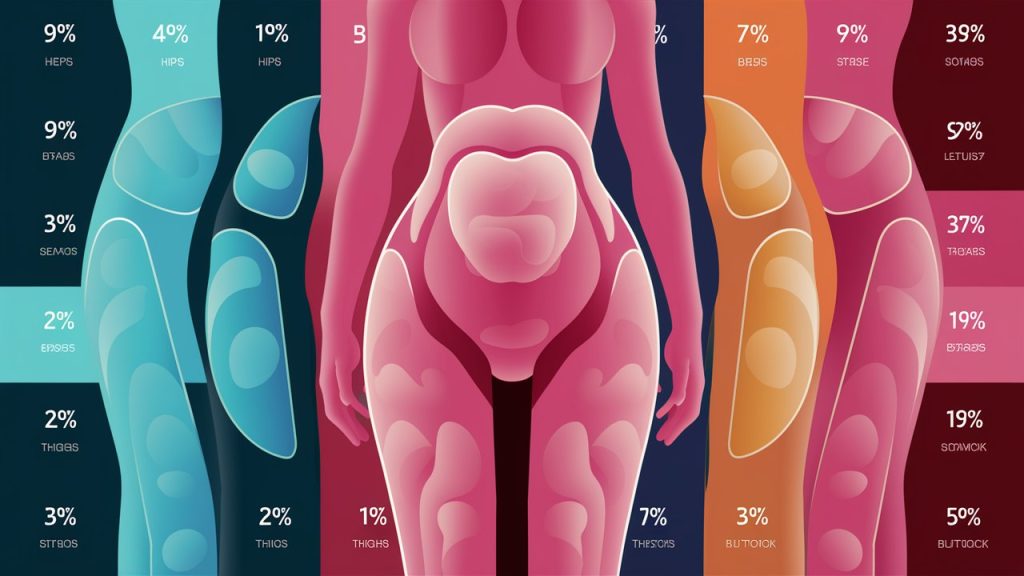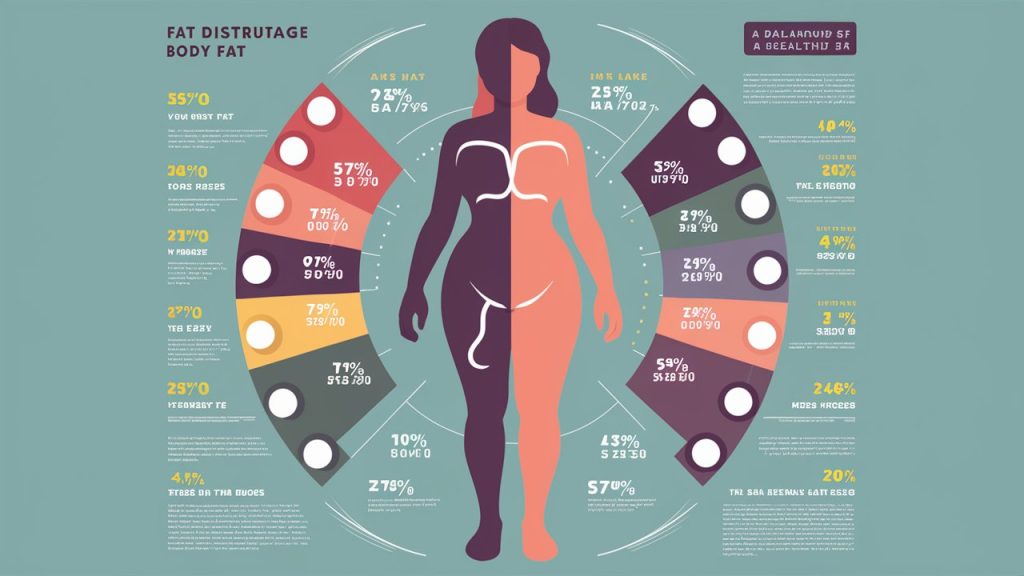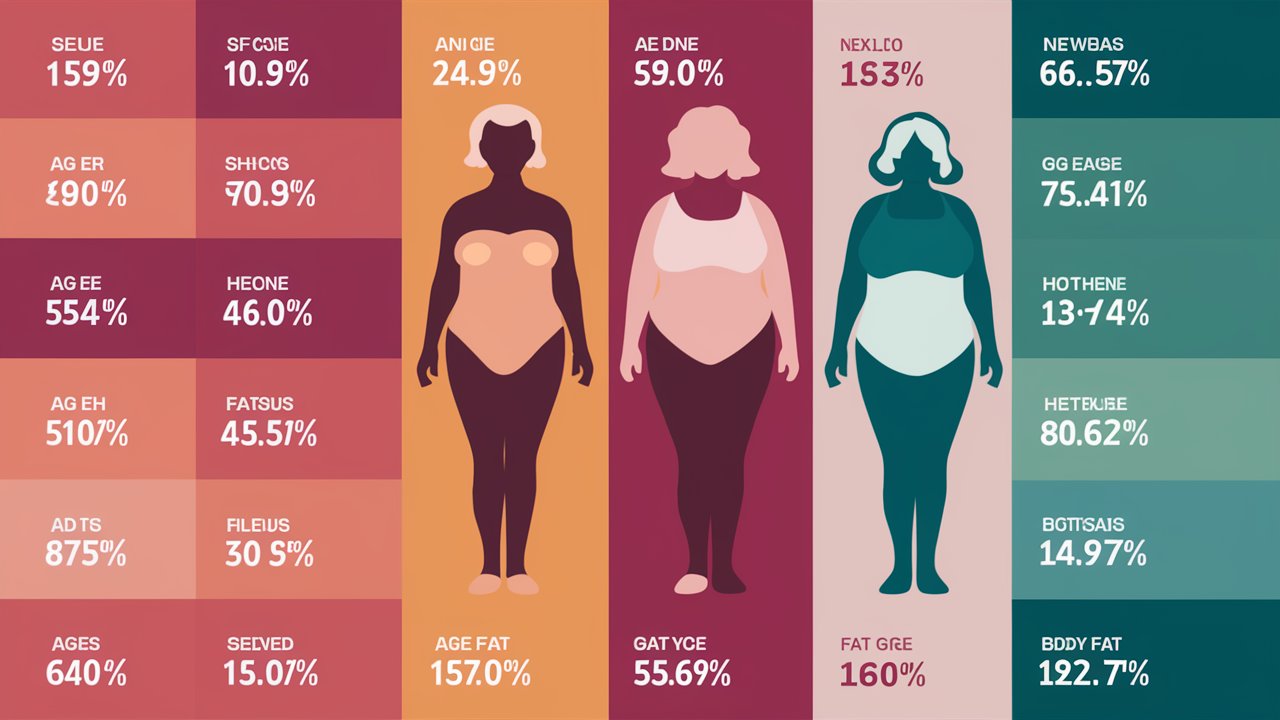Table of Contents
When it comes to understanding overall health, one of the most important factors to consider is a woman’s fat percentage. While many focus on weight alone, fat percentage provides a more comprehensive view of body composition. Moreover, it plays a crucial role in various aspects of health, including metabolic function, hormonal balance, and overall well-being. Therefore, understanding and managing fat percentage is essential for women who want to maintain a healthy lifestyle.
What Is Fat Percentage?

To begin with, fat percentage refers to the proportion of fat in the body relative to total body weight. Unlike body weight, which can fluctuate based on factors like water retention, fat percentage provides a more accurate measure of body composition. For instance, two women might weigh the same, but one could have a higher fat percentage, indicating more fat mass compared to lean muscle. Consequently, knowing your fat percentage can help you better understand your fitness level and overall health.
Why Is Women’s Fat Percentage Important?
Women’s fat percentage is important for several reasons. First and foremost, it affects overall health. A healthy fat percentage helps regulate essential bodily functions, such as hormone production, energy storage, and insulation of vital organs. Furthermore, maintaining an optimal fat percentage is crucial for preventing chronic conditions like heart disease, diabetes, and certain cancers. On the other hand, both too high and too low fat percentages can lead to health problems. Therefore, keeping track of this metric is key to long-term wellness.
Healthy Fat Percentage Ranges for Women
Moreover, it’s essential to know what constitutes a healthy fat percentage for women. Generally speaking, healthy ranges vary depending on age and fitness level. For example, a woman in her 20s might have a healthy fat percentage of 21-24%, while a woman in her 50s might have a healthy range of 25-28%. However, athletes or those who are highly active may have lower fat percentages, often ranging from 14-20%. Understanding these ranges helps women set realistic goals for their health and fitness.
How to Measure Fat Percentage

There are several methods available to measure fat percentage accurately. One of the most common methods is using skinfold calipers, which measure the thickness of fat in various body areas. Additionally, bioelectrical impedance scales, which send a small electrical current through the body to estimate fat mass, are also widely used. More advanced methods, such as DEXA scans and hydrostatic weighing, provide even more precise measurements. Regardless of the method chosen, regularly monitoring fat percentage can help track progress and adjust health goals accordingly.
Factors Influencing Women’s Fat Percentage
Many factors influence women’s fat percentage. For instance, genetics play a significant role in determining where and how fat is stored in the body. Additionally, age is another factor, as metabolic rate tends to slow down with age, leading to an increase in fat percentage. Moreover, lifestyle choices, including diet, exercise, and stress levels, greatly impact fat percentage. Therefore, making conscious decisions about these factors is vital for maintaining a healthy fat percentage.
Tips for Managing Fat Percentage
Managing fat percentage requires a balanced approach to diet and exercise. To begin with, incorporating a diet rich in whole foods, such as fruits, vegetables, lean proteins, and healthy fats, is essential. Additionally, engaging in regular physical activity, particularly strength training, helps build lean muscle and reduce fat percentage. Moreover, staying hydrated, getting enough sleep, and managing stress are crucial for overall health and fat management. By consistently following these practices, women can achieve and maintain a healthy fat percentage.
Conclusion: A Balanced Approach to Health

In conclusion, understanding and managing women’s fat percentage is a vital component of overall health and wellness. By focusing on this metric rather than weight alone, women can gain a more accurate picture of their body composition and make informed decisions about their health. Additionally, by following a balanced approach to diet, exercise, and lifestyle, women can effectively manage their fat percentage, leading to improved well-being and a healthier life overall Happy Mood.


